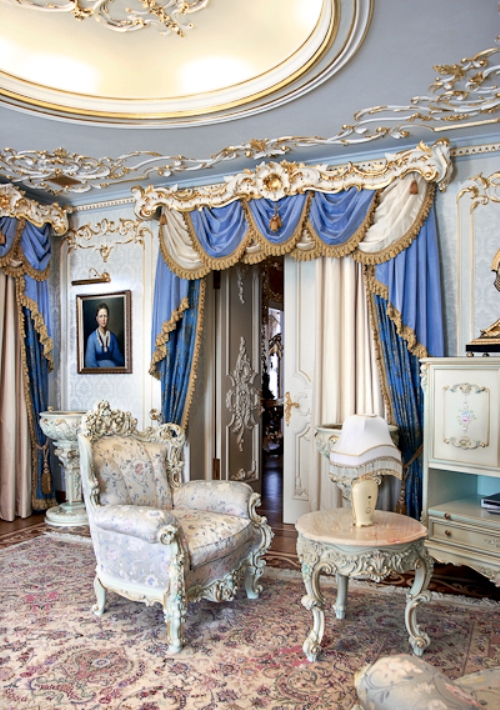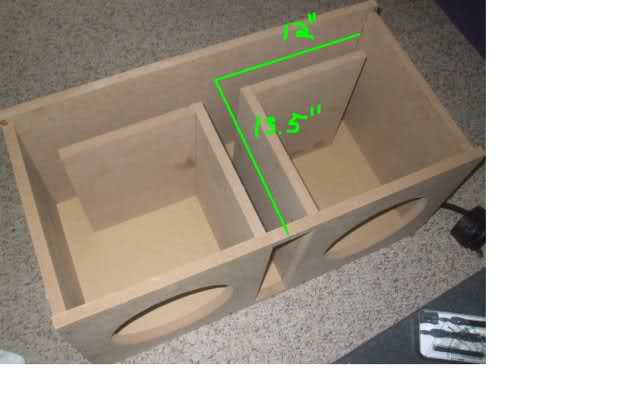Dual 8 Inch PORTED Subwoofer Box Design (Ideal for Meso 8' Subs)The volume of this box is 1.7 Cubic Feet and is tuned to 35 Hertz Blueprints (only) – How to make (NOT the actual box) A PDF of the blueprint (box design) will be emailed in approximately 30 minutes after you order. 2.operator extension shaft shall be provided when operating nut is more than 24' below top of valve box. 3.pvc pipe or ductile iron pipe is not acceptable for valve box riser. 30' min cover valve box shall rest on bedding locking lid valve box detail water & wastewater services engineering division 2555 west copans road pompano beach, fl 33069.

Overview:
This is a calculator for designing a L-Slot Vent Bass Reflex Enclosure. The formulas used in the calculator create a design that suggests the most maximally flat response in an anechoic environment based on the number of drivers, the thiele small parameters and the allotted dimensions specified in the user’s input fields.
The calculator does NOT take into account the effects of placing the enclosure into the listening environment. This type of enclosure may not be the most suitable option for your application. I recommend reading the articles in the Projects category on box design for further information.
Feel free to check out the other calculators on the site as they may provide the results you are looking for. —> Enclosure Calculators You can also request a totally custom design for your driver(s)/application by filling out the form in the Blueprints Inquiry page.

The spreadsheet calculator loads via iframe below the diagrams. You can also access the spreadsheet here.
Instructions:
Most of the aftermarket audio crowd wants to do the most they can with what they can reasonably afford or justify as far as sound systems go. For some, there is reprieve because spatial limitations don’t have to hold them back. Take, for instance, a 500 watt subwoofer paired with a 500 watt RMS amplifier. If this setup were to be run in the “manufacturers recommended” enclosure, it would perform as intended by the manufacturer.

Is there a way to increase output without changing amps and without having to opt for a bigger speaker?

There is! I have always tried to look at manufacturer’s specs as a guideline, and less of a rigid set of rules. By building an enclosure roughly 20% larger than recommended, and increasing the port size accordingly, the enclosure for the woofer will become more efficient, translating to more output/watt of input signal. In lay terms, more bang for your buck. Simply increasing the volume has magically made this setup louder! While extra space may not be available in every install, the ones lucky enough to have extra room can definitely take advantage of this trick to get more for nothing. Now of course, there are exceptions and risks to consider. For starters, this will not work beyond the point of diminishing returns. The cabin can eventually get so large that the woofer will lose all stability causing serious damage, so do this at your own risk and always ask for help where needed. I try not to go more than 25% bigger than recommended in any scenario, as that is already likely near the point of diminishing returns.
There is still hope for the space constrained as well. Say you have that bad to the bone subwoofer you can’t wait to install, but your measurements show that you have .25 cubic less feet than the manufacturer recommends. It’s impossible to use, right? Wrong! Luckily, this is another place where the rules can be bent! As it turns out, with the application of a bit more power, the little bit of missing volume becomes no problem at all! Enclosure design can typically overcome any obstacle presented to the performance of an audio setup, if you know how you can manipulate the rules.
Box Port Design 2
Long story short, here is a quick list of ways that we can all “cheat” the rules to maximize our output, in almost every situation.
- Add Volume. By making the enclosure a bit bigger it will become more efficient in many cases, increasing output. Remember, there is such a thing as too big. As the size of the enclosure increases, the mechanical limits of the woofer will be easier to reach.
- If the box is too small (by a reasonable amount) add power. It will help the driver overcome the lack of volume present to still belt out that bass! Remember that the motion of the coil is critical for woofer cooling, so make sure the driver can move enough in the volume it is being played in, or the coil temps could go up significantly.
- If your box is already as small as you can make it, but it isn’t tuned as low as you’d prefer, you can typically decrease the amount of port area used to make it easier to tune lower. Again, there is a point where the port area will become too little for the driver to function properly, so this should be taken incrementally as well. If the port becomes too small, it may result in port noise, or allow the woofer to simply unload.
- Do not underestimate the sub / port arrangement. Sometimes where you place the vents or subs can make a monstrous difference in output. There are many proven combos that work almost invariably in the appropriate application. For instance, many full size SUVs benefit from having the subs playing upward, with port(s) to the rear of the vehicle. Some hatchbacks do well with the sub playing back and the port to one side or the other versus toward the rear as well. Play with your enclosure placement,and enclosure specs, you’d be surprised what you may find!
3d Subwoofer Box Design Software
START YOUR SOUND UPGRADE WITH OUR CAR AUDIO UPGRADE GUIDE